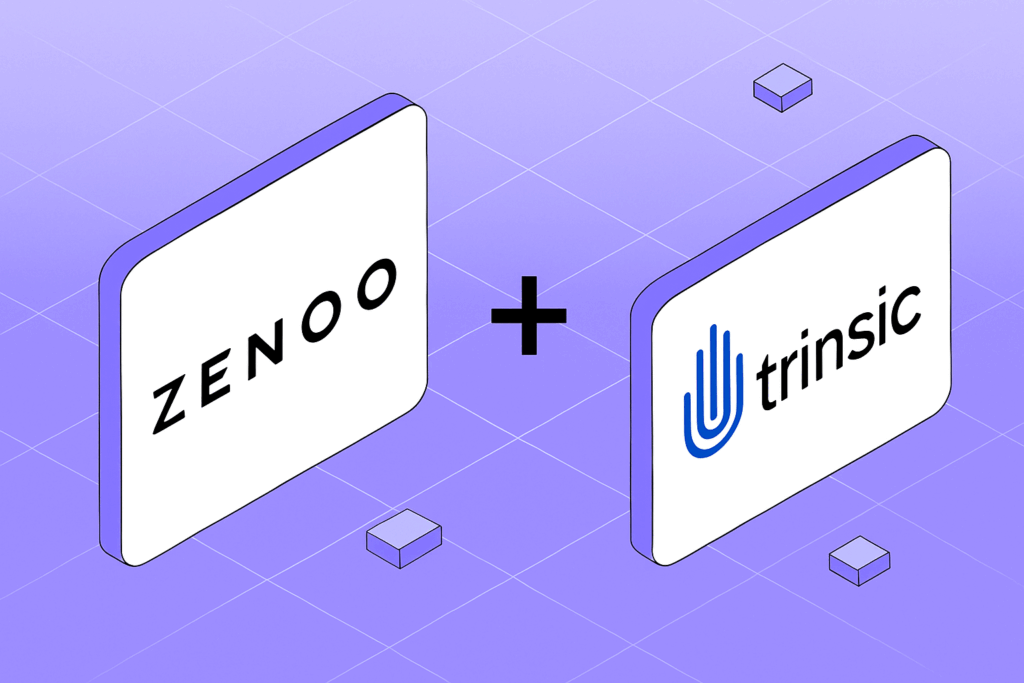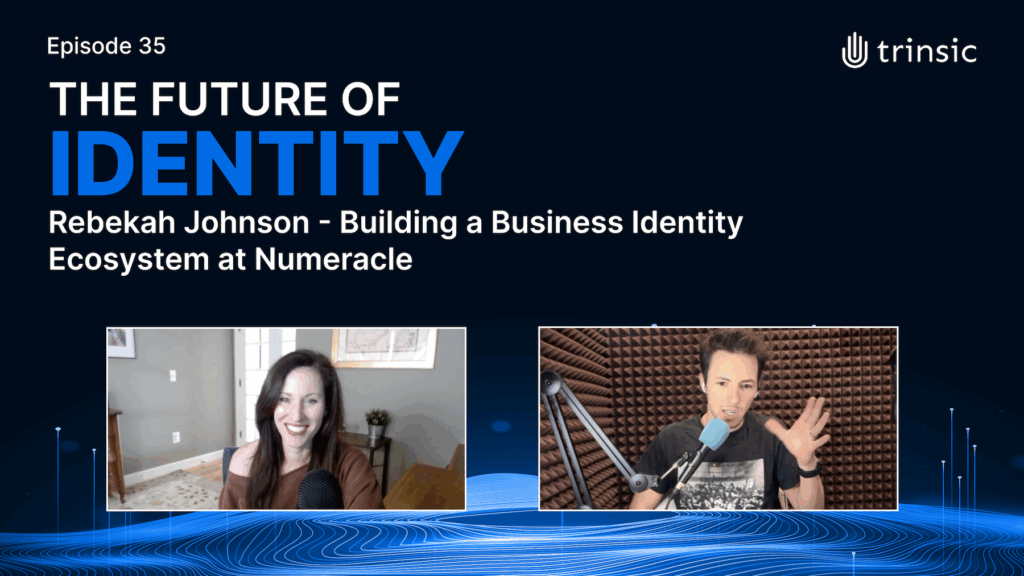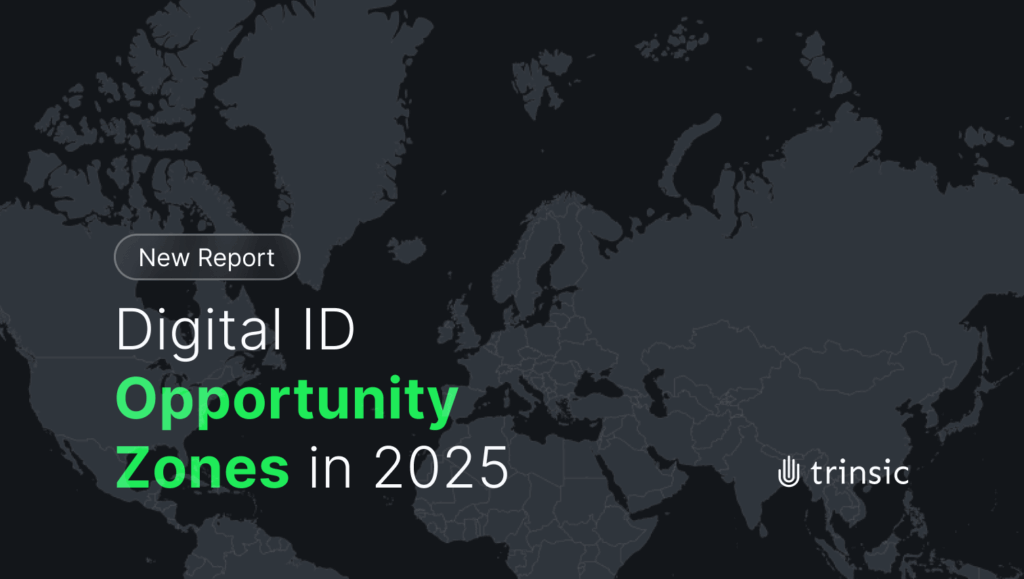At the core of every self-sovereign identity (SSI) use case is what we call the verifiable credentials model. This simple yet effective model helps conceptualize how verifiable credentials are exchanged between people and organizations. In the SSI community, you will often hear the verifiable credentials model referred to as the “Trust Triangle”.

Roles in SSI
In the verifiable credentials model, there are three roles: issuer, holder, and verifier.
- Issuer: The issuer is the person or organization that creates the verifiable credential and gives it (i.e., issues it) to another person, organization, or thing. An example of an issuer would be a DMV which issues driver’s licenses.
- Holder: The holder is the person or organization to whom the verifiable credential was issued to. The holder keeps the verifiable credential in their digital wallet. An example of a holder would be the citizen that received his or her driver’s license from the DMV.
- Verifier: The verifier is the person or organization that gets information shared with them. They can authenticate the information they receive instantaneously. An example of a verifier would be the security agent at the airport that asks to see a person’s driver’s license to verify their identity.

The power of verifiable credentials
Verifiable credentials are unique from other digital documents in that they allow the verifier to know the following four things without having to interact with the issuer at all:
- The original issuing entity (the source of the data)
- It was issued to the entity presenting it (the subject of the data)
- It hasn’t been tampered with (the veracity of the data)
- Whether the issuer revoked the credential as of a particular point in time (the status of the data)
The standards and protocols associated with verifiable credentials and supporting technology make it possible for verifiers to make more informed “trust decisions” when accepting information from holders online. Based on the four factors above, verifiers can better determine to trust the information in the credential or not.
Use case diversity
The verifiable credentials model is quite flexible in the number and types of use cases it supports. In the example above, we highlighted the use case of digital driver’s licenses, but this same model could apply to a numberless amount of use cases where sharing identifying information is important. Here are a few examples:
- Medical insurance credential: In this example, an insurance organization would be the issuer, a person would be the holder, and a doctor’s office could be the verifier.
- Login credential: When a person is creating an account with a company online, the company would issue the person his or her login credential. From that moment on, the person can use the login credential to access their account, eliminating the need for usernames and passwords.¹ Check out how Trinsic issues login credentials to its customers.
- University diploma credential: As an issuer, the university would send its graduates their digital diplomas which they could then use to apply for jobs online. Trinsic has written a tutorial on how to set up this specific use case in Trinsic Studio.
The SSI use cases above are pretty straightforward, but the verifiable credentials model allows for more complex situations as well. For example, SSI enables the concept of guardianship if a person does not have the ability to control their own wallet (e.g., the person is a child, has dementia, is a refugee, etc.).
Further, in the verifiable credentials model the holder does not necessarily need to be a person. Verifiable credentials can be issued to organizations or things. This includes licensing and accreditations for businesses as well as supply chain-related documentation for products. SSI and verifiable credentials enable digital, trusted interactions which were not possible online before.
Build your own use case
No matter your specific use case, Trinsic Ecosystems make it easy for developers to integrate verifiable credentials into their workflows. From creating cloud wallets, to defining and issuing credentials, Trinsic’s platform makes it easy to manage a trust ecosystem. Check out our documentation and sign up for a free account to start building your application today.
Notes
- In this case, the issuer and verifier could be the same organization. Or they could be different organizations if the example is a case of federated identity (e.g. Login with FaceBook, Login with Google).









